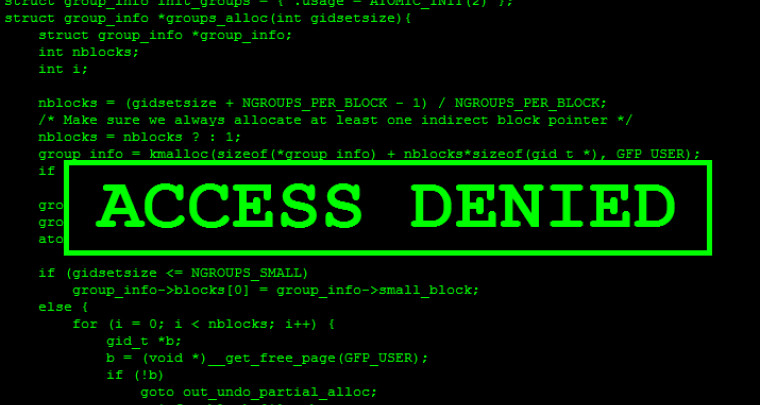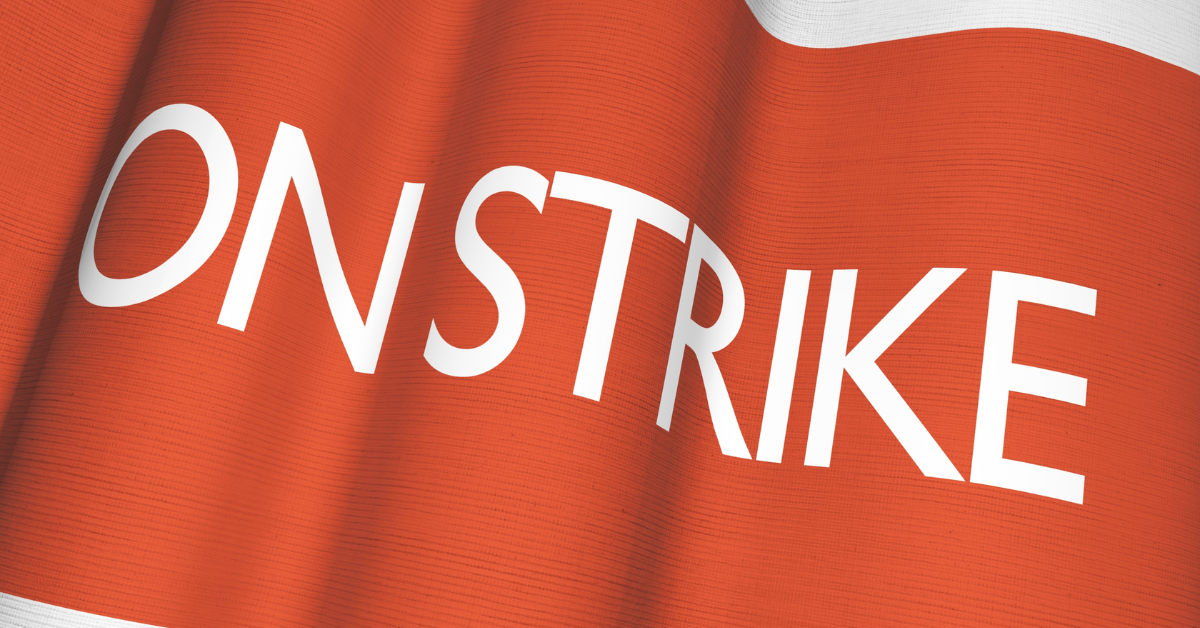A month ago, a letter writer in the Guyana Chronicle made false claims upon which he accused me and other members of civil society of being treasonous and betraying the country. I enclose the link to that letter (see below writer’s name), which was also published in the Guyana Times. I wrote a response, which neither the Guyana Chronicle nor the Guyana Times published.
I feel I have to report this, because the Department of Public Affairs has organized a national conference and symposium to commemorate the UNESCO designated World Press Freedom Day on Tuesday May 3 and Wednesday, May 4, 2022. One has to wonder what the State media has to contribute, when it allows its writers the freedom of its press to malign citizens who genuinely want good for Guyana, while at the same time denying those citizens the right of reply.
We have grown too accustomed to routine denial of access to taxpayer funded state media when we try to point out errors of public policy by whichever Government is in power, but this denial is utterly wrong and should not be allowed to continue. Therefore the prospect of the unveiling of the “ground-breaking Guyana Media and Communication Academy (GMACA)” during the conference ceremony bodes ill. For one has to ask what kind of training they will receive. Will the Academy train journalists to be like those in charge of the Guyana Chronicle?
If the Academy’s online learning platform, developed in collaboration with COURSERA, will immediately be open to the first cohort of learners following the unveiling, why does the Department of Public Information (DPI) not have a blog on its online platform? Is it because, just like the carefully orchestrated Ministerial outreaches, they are not really interested in critical feedback? And who chooses the stakeholders that the Department of Public Affairs says they are bringing together? Will the Oil & Gas Governance Network (OGGN), an organisation of very competent patriots, who kindly published my response to the false accusations in the State media, be among the stakeholders? https://www.oggn.website/2022/04/05/a-civil-society-response-to-robin-singh/
Of utmost concern to any press freedoms is access to information. According to the Organization of American States (OAS) it is the principal tool for citizen participation in a democratic system. However, the Guyana Access to Information Act (ATIA) of 2011 is utterly rotten. It is replete with nice sounding words like “right to information”, which seem to have fooled even the OAS into ticking the democratic boxes for this country. There are five levels of confidentiality in this despicable Act: top secret, secret, confidential, restricted, or general (S.13(2)), only the last of which is available to the public. And just in case that is not enough to throttle any information, an undefined designation of it in S.14(1)(j) as “not in the public interest” by the public authority is enough to render it inaccessible for at least 20 years, by which time we would have been overtaken by the consequences. The well known practical uselessness of the office of Commissioner of Information under the ATIA is too painful to repeat.
Guyanese are therefore gradually being trained to accept a culture in which only Government has the right to information. So when highly reputable colleagues of mine use their valuable time, without any remuneration whatsoever, and uncover recklessness and lawlessness in government projects, they are immediately denigrated as unpatriotic by highly paid government appointed functionaries and apologists masquerading as friends of the people, whereas the latter are really only friends of certain individuals, who toe the party line and are paid to keep the people in line. Projects like the Skeldon Sugar Modernisation project fail because their designs were secret, which not even the politicians knew. Like babes they simply trusted the contractors, unable to read the foreign language much less the fine print. Violations stem from the beginning of the processes, like now where the EPA failed to disclose the Terms of Reference (TOR) for the Yellowtail environmental impact assessment (EIA), ultimately denying the public adequate participation. It also led to the ridiculous situation where the 3-member Environmental Assessment Board (EAB) took approximately five working days to complete its review of the 6000-page revised EIA report for ExxonMobil’s now licensed Yellowtail development project.
How many more failed and secret projects must we tolerate before people come to their senses and call their politicians to account? Right now we have a new Demerara River bridge and gas-to-energy projects on the horizon with the same unaccountable secrecy that leads to failure by leaders who do not learn from their mistakes. The bridge design is still a mystery, yet the EPA can defy logic and waive the ESIA. On a high after this brazen stupidity, they defy logic further and announce a management plan for environmental and social impacts that are yet to be studied. Or, excuse me, perhaps the unknown impacts that are to be managed are in the category of “top secret” under the ATIA.
So, fellow citizens, here is a homework project we can do. Instead of wasting energy complaining to power drunk politicians — for them to tell us it is only the world economy or the war in the Ukraine — let us ask economist friends not on the government payroll to connect for us the debts we are paying for failed megaprojects and unaccountable deals to the accelerating cost of living.
Yours faithfully,
Alfred Bhulai










